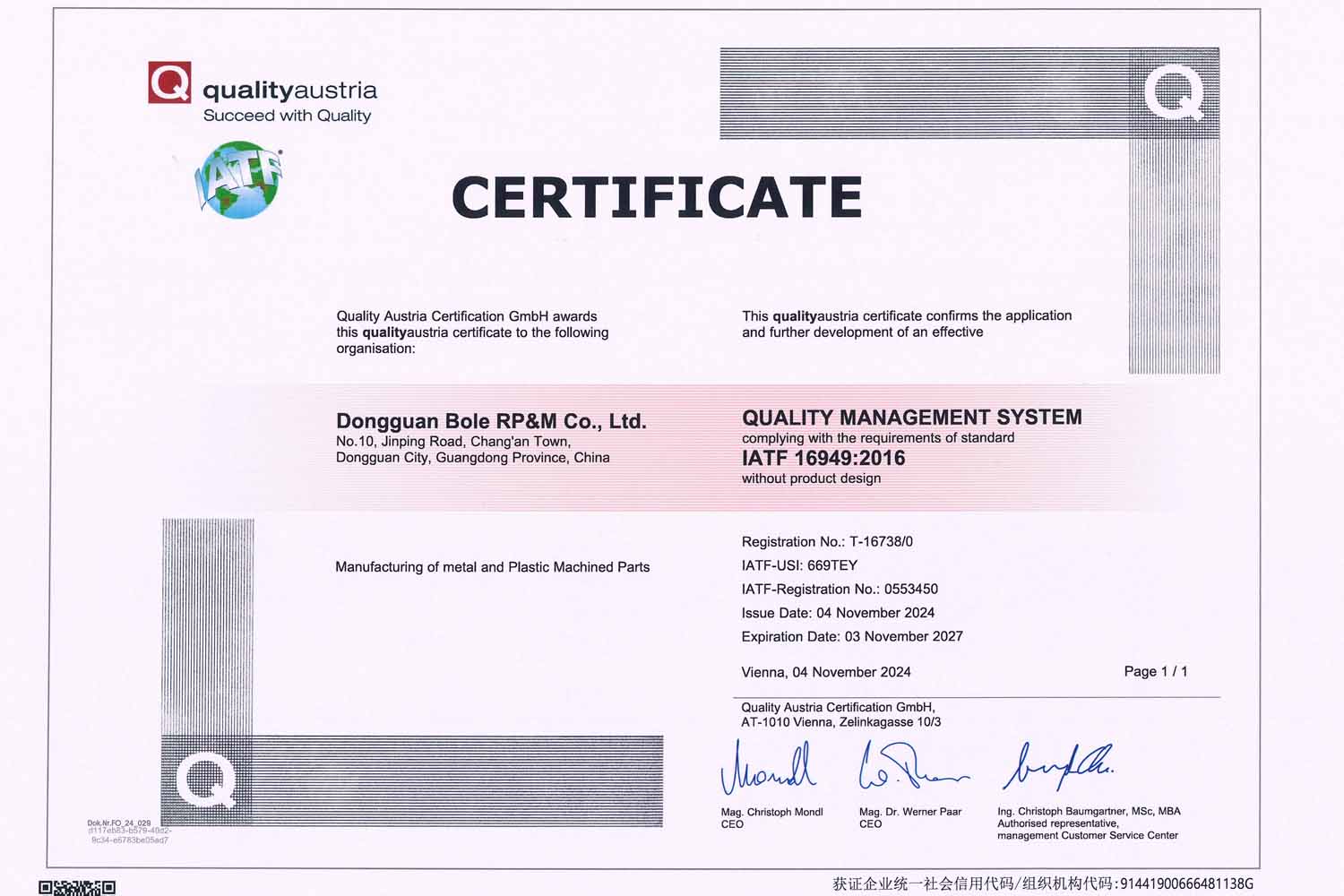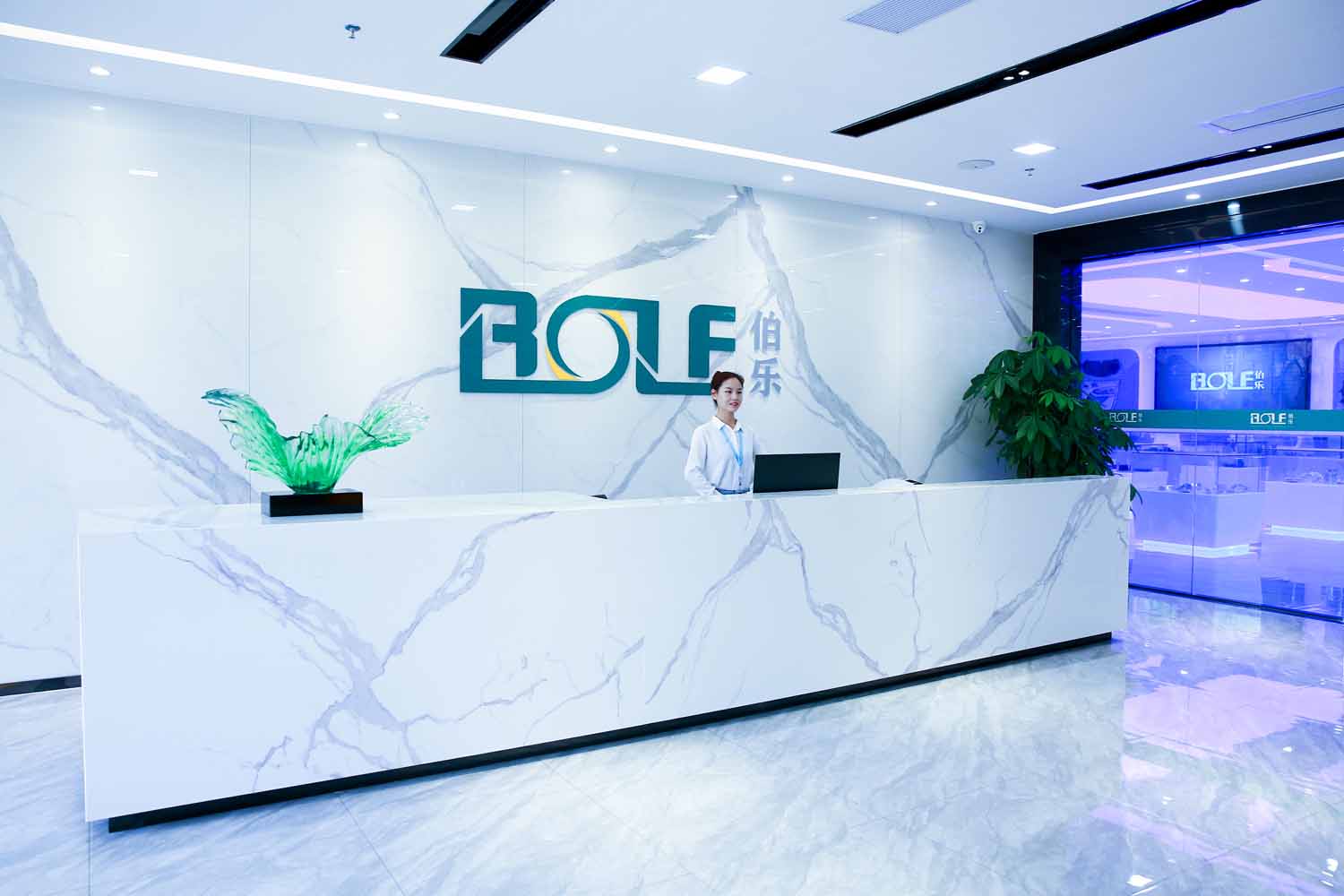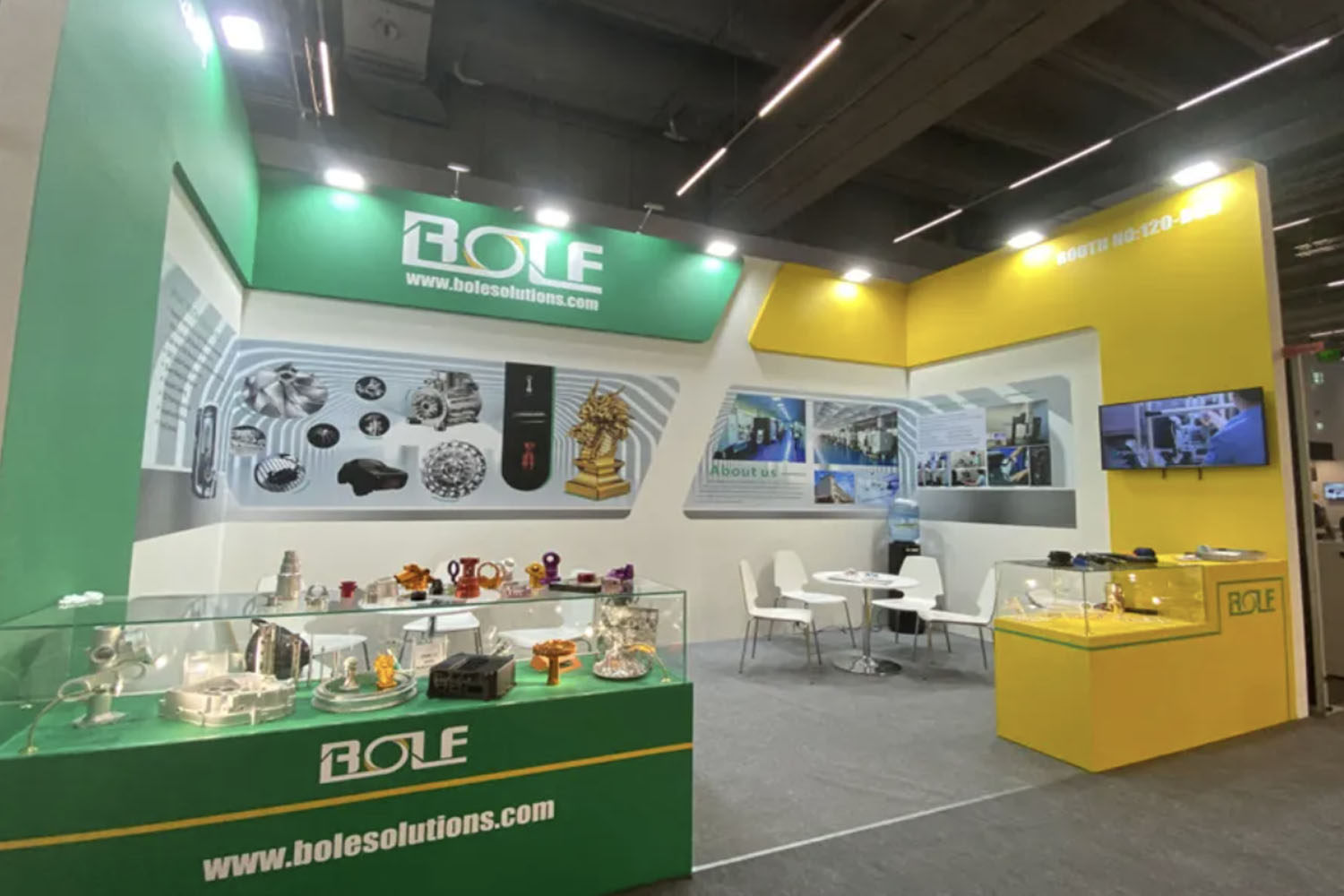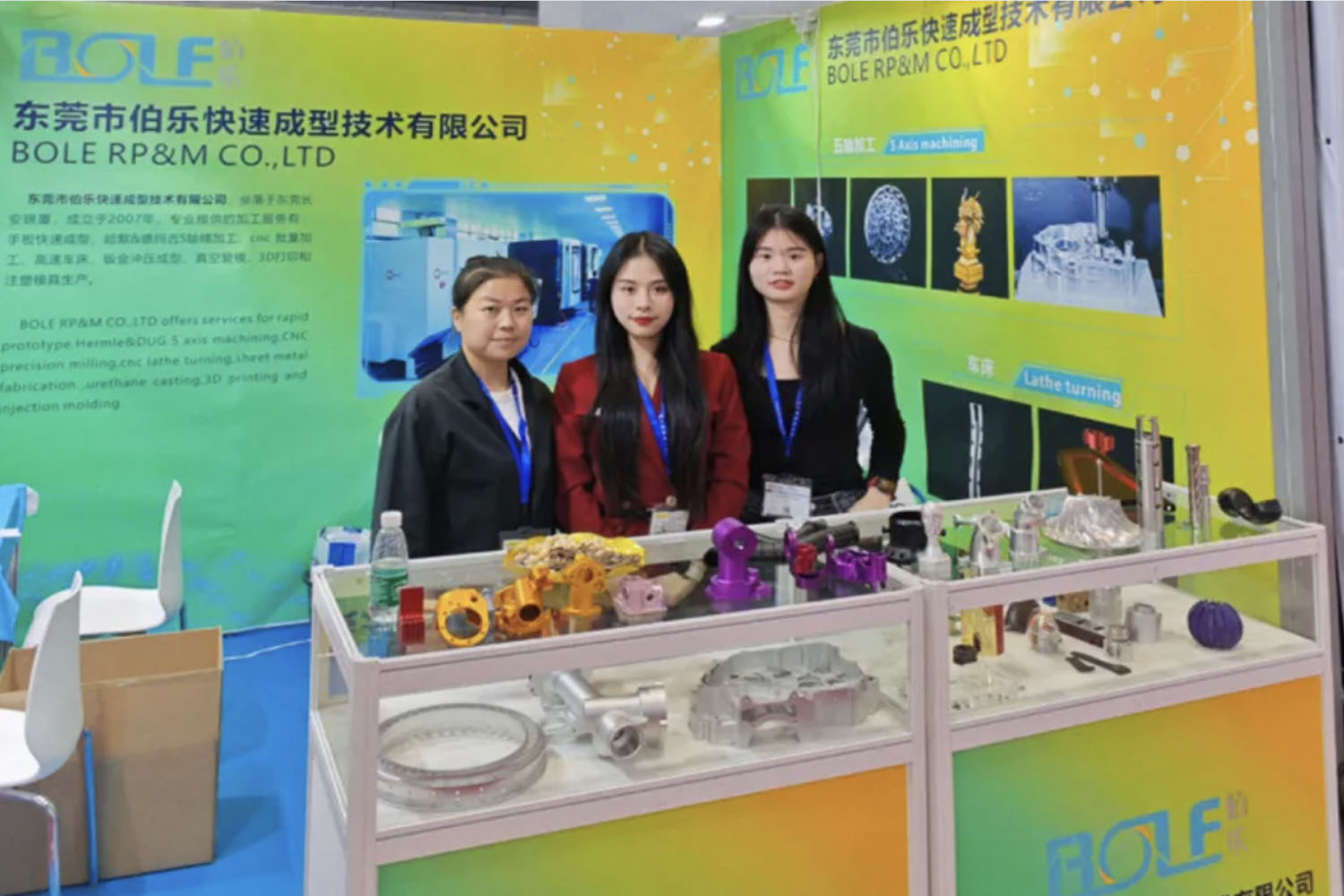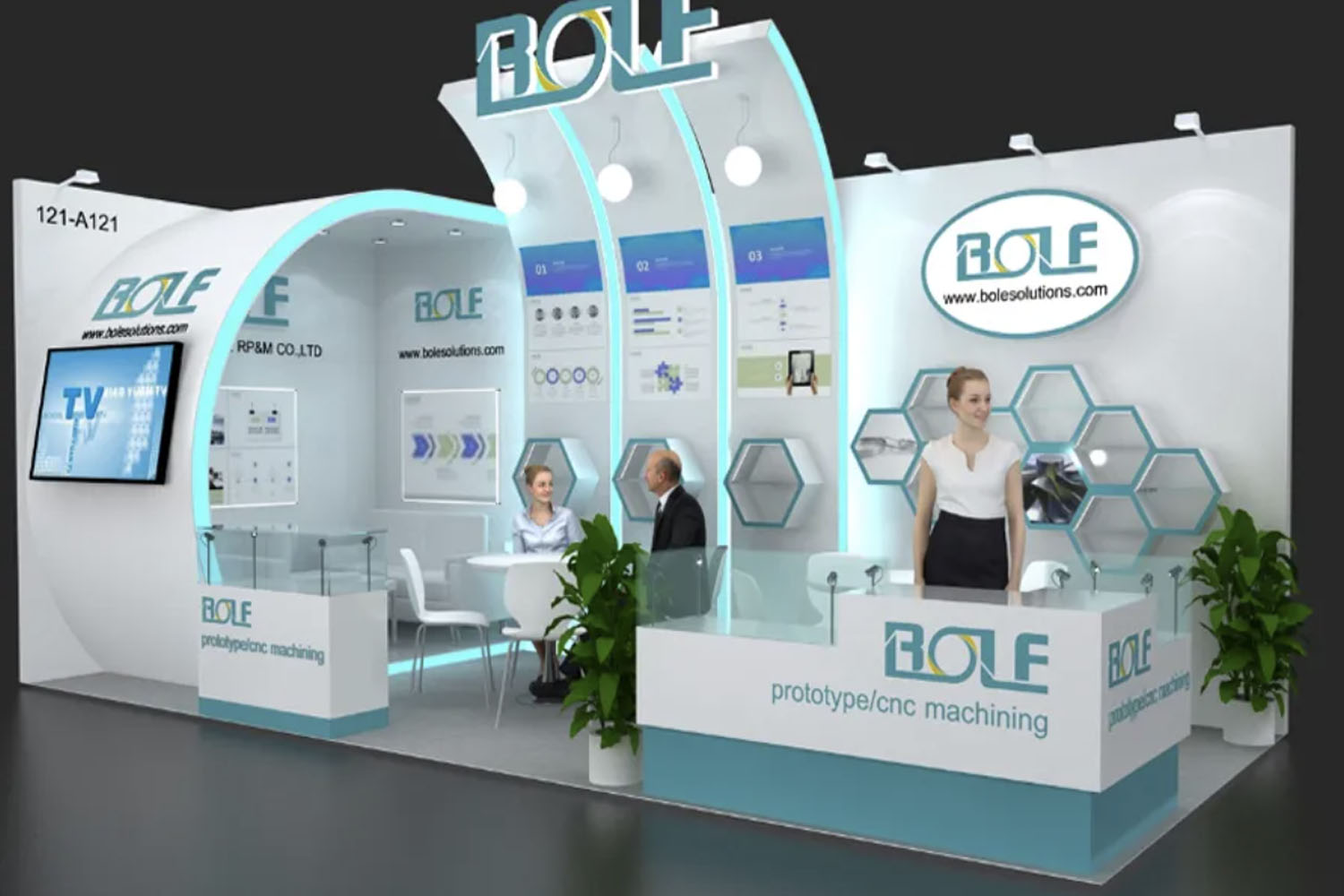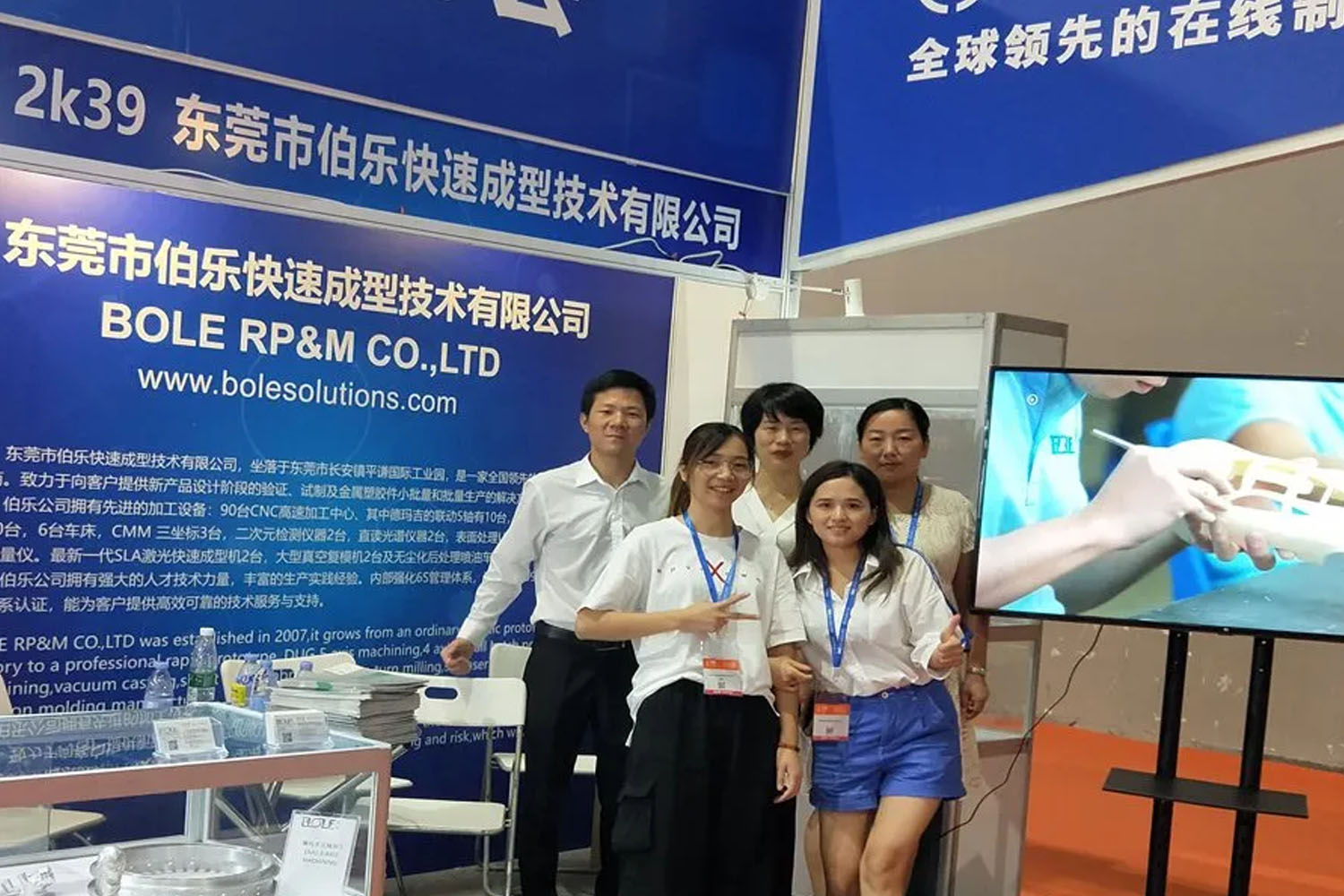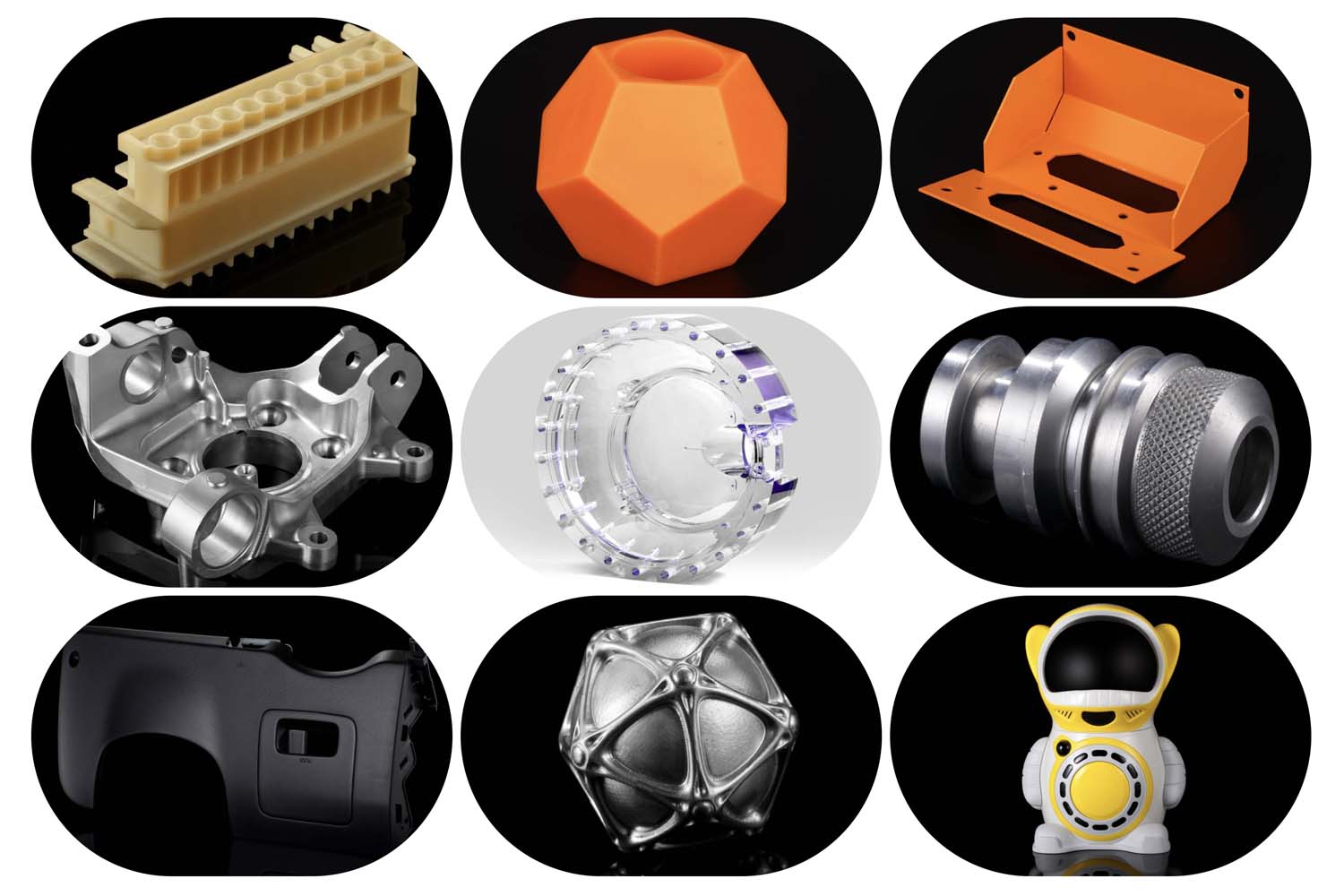The field of rapid prototyping is experiencing a significant transformation in 2024, driven by advancements in technology and innovative methodologies. As industries strive for faster, more efficient product development cycles, the latest developments in rapid prototyping techniques are set to revolutionize the way products are designed and manufactured. This article explores the cutting-edge advancements in 2024 rapid prototyping technique development and their impact on various industries.
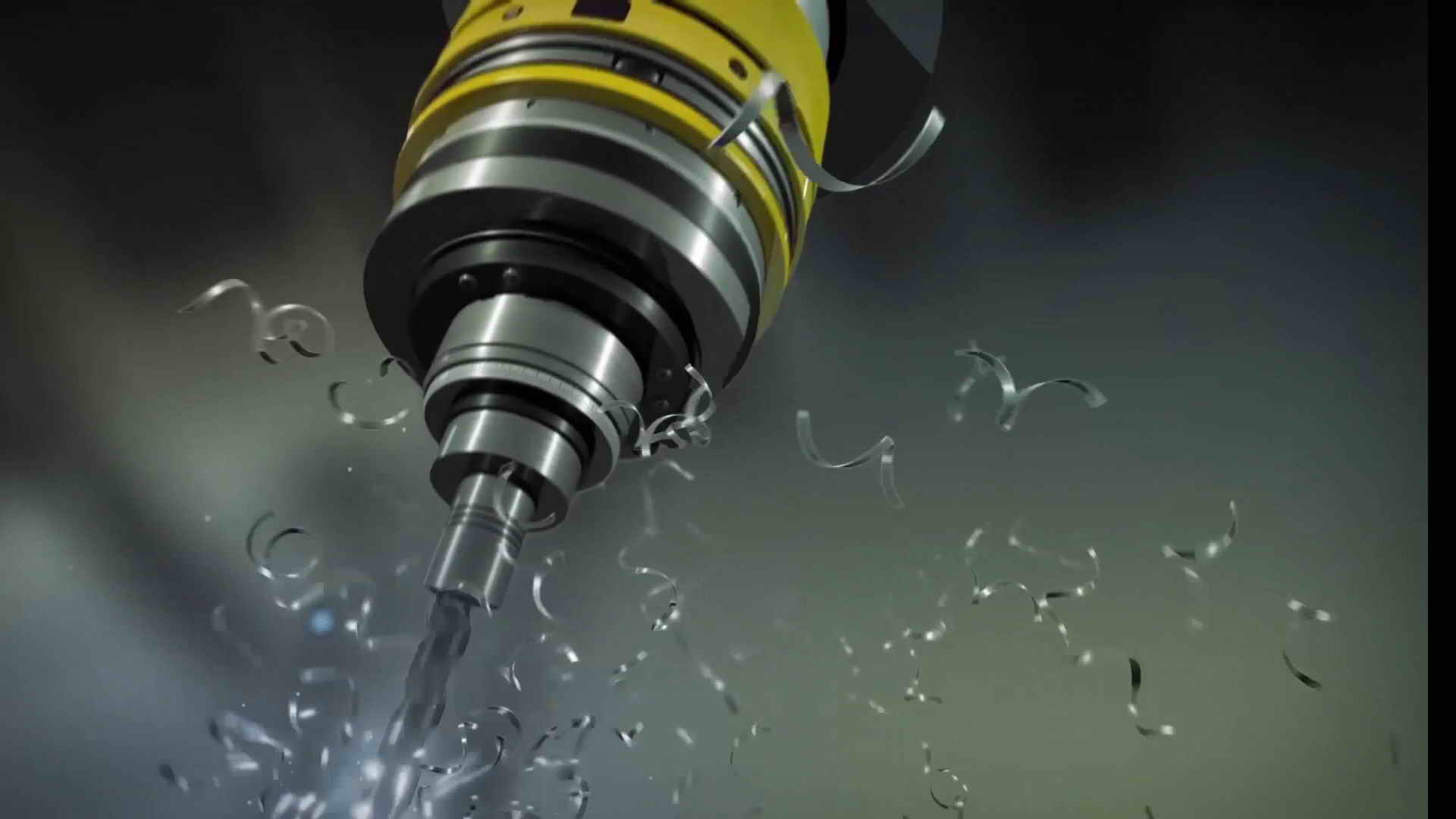
The Evolution of Rapid Prototyping
Rapid prototyping has come a long way since its inception, evolving from basic 3D printing methods to sophisticated techniques that enable the creation of highly detailed and functional prototypes. The primary goal of rapid prototyping is to accelerate the product development process by allowing designers and engineers to quickly create and test prototypes before moving to full-scale production.
Key Developments in 2024
In 2024, several groundbreaking developments are shaping the future of rapid prototyping. These advancements are enhancing the speed, precision, and versatility of prototyping processes, enabling companies to bring innovative products to market faster than ever before.
1. Multi-Material 3D Printing
One of the most exciting developments in 2024 rapid prototyping technique development is the advancement of multi-material 3D printing. This technique allows for the simultaneous printing of multiple materials with different properties, enabling the creation of complex, multi-functional prototypes. For example, a single prototype can now incorporate rigid and flexible materials, conductive elements, and even embedded sensors, all in one print.
2. High-Speed Stereolithography (SLA)
Stereolithography (SLA) has been a staple in rapid prototyping for its ability to produce high-resolution prototypes. In 2024, high-speed SLA technology is taking center stage. Innovations in laser technology and resin formulations have significantly increased the printing speed of SLA machines without compromising on quality. This development allows for the rapid production of intricate and detailed prototypes, making it ideal for industries such as healthcare, automotive, and aerospace.
3. Digital Light Processing (DLP) Advancements
Digital Light Processing (DLP) is another technique that has seen remarkable advancements in 2024. DLP technology uses digital light projection to cure photopolymer resins layer by layer. Recent improvements in DLP systems have resulted in higher resolution, faster printing speeds, and the ability to work with a broader range of materials. These enhancements make DLP an attractive option for creating precise and functional prototypes.
4. Metal Additive Manufacturing
Metal additive manufacturing, also known as metal 3D printing, is revolutionizing the production of metal prototypes and parts. In 2024, advancements in metal additive manufacturing techniques have led to increased printing speeds, improved material properties, and reduced costs. This development is particularly beneficial for industries that require strong, durable, and lightweight metal components, such as aerospace, automotive, and medical device manufacturing.
5. AI-Driven Design and Optimization
Artificial Intelligence (AI) is playing a crucial role in 2024 rapid prototyping technique development. AI-driven design and optimization tools are enabling designers to create more efficient and innovative prototypes. These tools can analyze design parameters, simulate real-world conditions, and suggest improvements, resulting in optimized prototypes that meet specific performance criteria. This approach reduces the need for multiple iterations and accelerates the overall development process.
Impact on Industries
The advancements in 2024 rapid prototyping technique development are having a profound impact on various industries. Here are a few examples:
1. Healthcare
In the healthcare industry, rapid prototyping is being used to create custom medical devices, surgical guides, and prosthetics. The ability to produce highly accurate and patient-specific prototypes is improving patient outcomes and reducing surgery times. Additionally, biocompatible materials and multi-material printing are enabling the development of complex medical implants and devices.
2. Automotive
The automotive industry is leveraging rapid prototyping to accelerate the design and testing of new vehicle components. High-speed SLA and metal additive manufacturing are being used to create functional prototypes of engine parts, chassis components, and interior features. These advancements are helping automotive manufacturers bring innovative and safer vehicles to market more quickly.
3. Aerospace
In the aerospace sector, the demand for lightweight, high-strength components is driving the adoption of advanced rapid prototyping techniques. Metal additive manufacturing is being used to produce intricate and lightweight parts that meet the stringent requirements of the aerospace industry. The ability to create complex geometries and reduce material waste is leading to more efficient and cost-effective production processes.
4. Consumer Electronics
Rapid prototyping is also making significant strides in the consumer electronics industry. The development of multi-material 3D printing and AI-driven design tools is enabling the creation of innovative and compact electronic devices. Prototypes of smartphones, wearables, and other consumer electronics can now be produced quickly and tested for functionality and user experience.
Conclusion
The advancements in 2024 rapid prototyping technique development are revolutionizing the way products are designed and manufactured across various industries. From multi-material 3D printing to high-speed SLA and AI-driven design tools, these innovations are enhancing the speed, precision, and versatility of prototyping processes. As companies continue to adopt these cutting-edge techniques, the future of product development looks promising, with faster time-to-market, improved product quality, and greater innovation.


